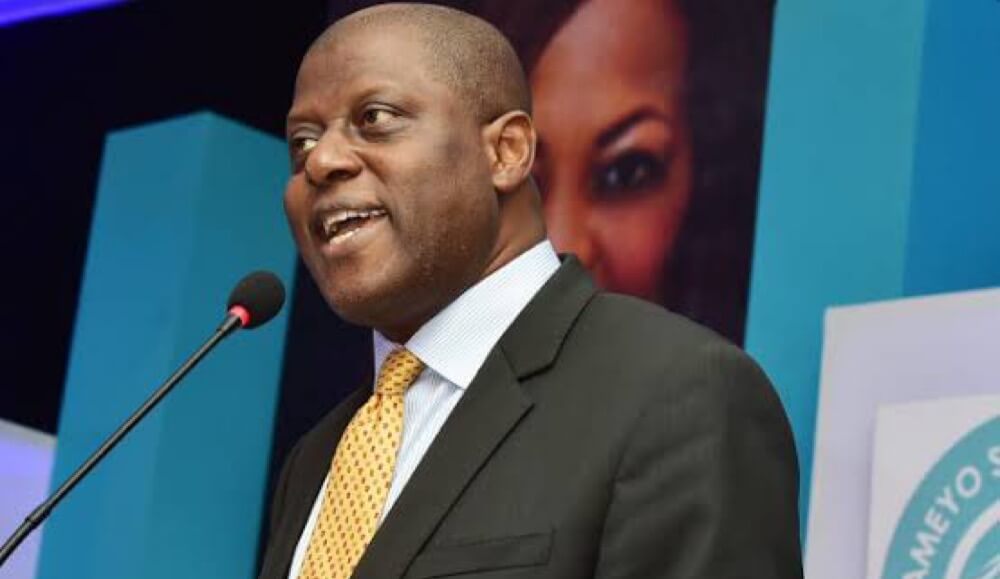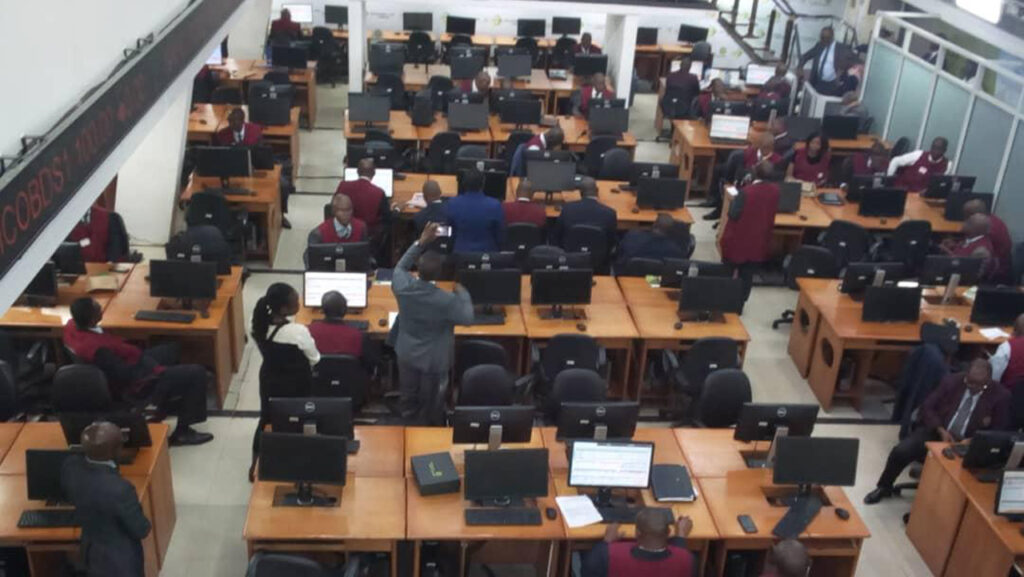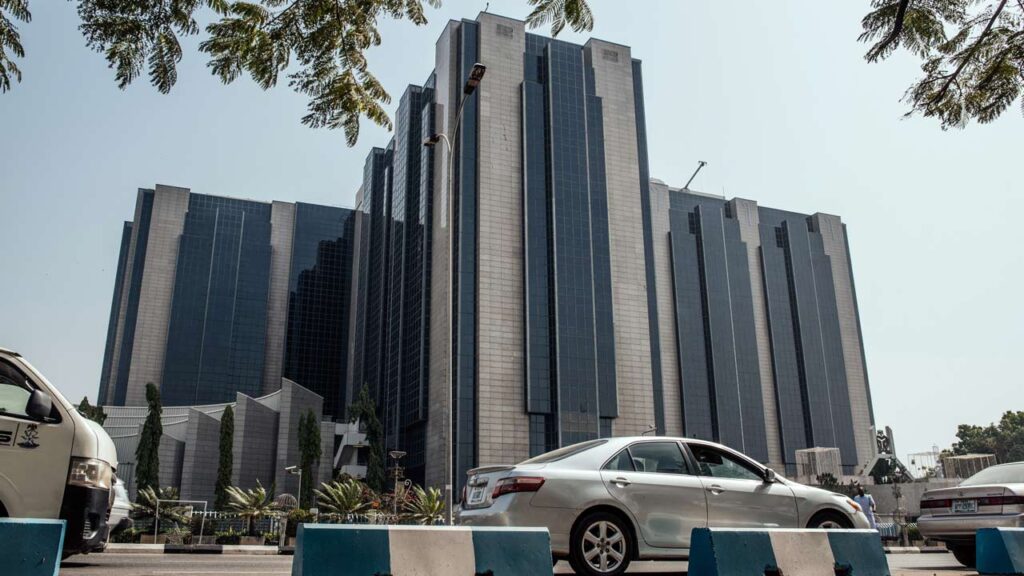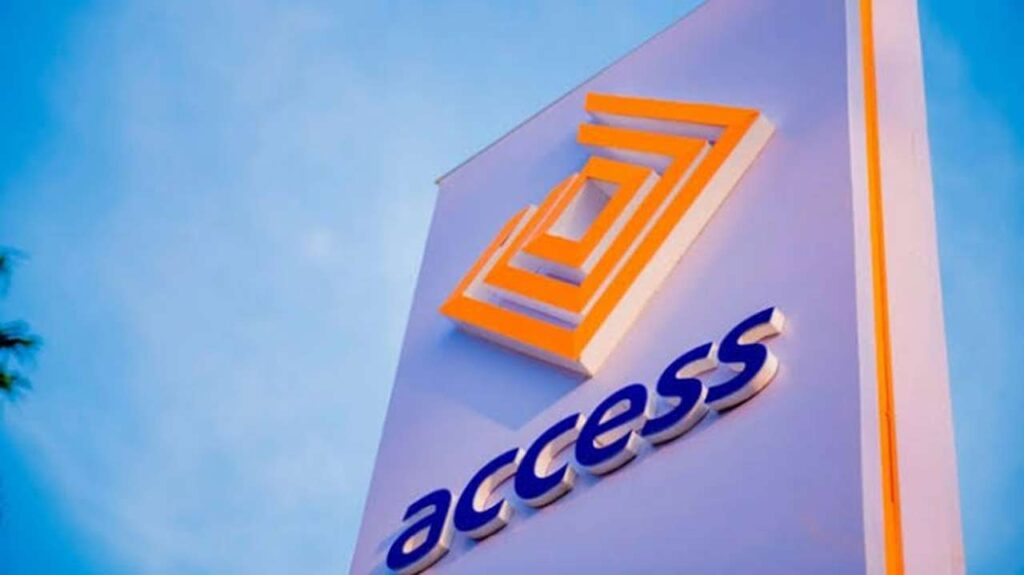
•Says state debts should be evaluated on basis of fiscal, economic peculiarities
The Ogun State Government intends to spend a total of N392.7 billion in infrastructure between now and 2025 as part of its plan to raise the economic status of the state and make it a leading one among its peers.
The spending envelope, which is contained in the state’s Medium Term Expenditure Framework (MTEF), translates to 26 per cent of the total projected expenditure outlay for the period put at N1.5 trillion.
Education and health, being allocated 14.3 and 11 per cent of the sum respectively, are among the key priorities of the government as it looks forward to expanding the frontier of the state’s economy from manufacturing to service.
At the 2022 budget breakdown session, the Chief Economic Adviser/Commissioner for Finance, Dapo Okubadejo, said the government understood the importance of linking the state with Lagos as a necessary move to take into the Lagos investment market.
This year, the state is looking at a total expenditure projection of N472.2 trillion, which is about N4.7 per cent higher than last year’s budget. But the commissioner said the government focuses more on impact and performance rather than the size of spending.
He expects 2022 budget performance to exceed that of 2021, which was above 70 per cent, noting: “the audit of last year’s budget is not ready. But I expect it to be better than that of 2021 because we have progressively improved over the years.”
For him, efficiency and performance are not about maintaining a big government but incentivising private sector players to take advantage of investment opportunities. In recognition of this, he said, the government has executed some legal frameworks, including the Public Private Partnership (PPP) and the Office of PPP to make it easier for investors seeking economic opportunities in the state.
On the state’s debt, he noted that equity is often a more expensive funding option for an entity that is strategic in its debt management model. He noted that some of the projects the current administration funded with concessionary debts a few earlier would be twice more expensive if they were delayed till date for fear of debt.
As at September, the state’s debt stood at N241 billion. But Okubadejo argued the debt stock is not a big deal considering the capacity of the state, revenue potential, condition of the debt, the opportunity cost of not borrowing among others. he dismissed the generalisation of sub-national indebtedness, saying states should be assessed based on their peculiarities and ability to pay.
Besides, he disclosed that the debt was about N141 billion when the administration assumed office with the foreign component standing at $121 million even while the outstanding pensions and gratuities were excluded from the state’s balance sheet owing to the limitation of the cash accounting system in practice.
In the real term, he added, the debt inherited by the administration was over N200 billion. Still, the state has attracted much value in terms of property appropriation as a result of the projects executed with borrowed funds.
“The sustainability analysis confirms the State Government’s ability to sustain its current spending, tax and other policies in the medium term without threat to the state’s solvency or default on some of its liabilities or proposed expenditure,” he said.
Okubadejo’s counterpart in charge of Budget and Planning, Olaolu Olabimtan, told the media that debt sustainability indicators are well above an acceptable level. For instance, he explained that debt service to revenue ratio is 12 per cent, well off the 30 per cent 30 per cent benchmark.
According to him, the state has implemented a Medium-Term Revenue Strategy, which enables it to clinically match its revenue potentials with infrastructure that supports the realization of its key targets.
Budget priorities, according to Olabimtan, include completing existing projects, revenue-enhancing projects and those that enhance the employment generation potential of the state.
About 57 per cent of the 2023 expenditure will go into capital projects while 43 per cent is earmarked for recurrent spending. About 44.5 per cent of the funding is expected to come from internally-generated revenue (IGR), which the Commissioner for Budget and National Planning said made more considering the uncertainty about the viability of the Federation Account.
Capital Receipts account for 27.2 per cent while 19.48 per cent is to be sourced from earnings from Federation Account Allocation Committee (FAAC). The fiscal deficit of the approved budget also deviates from the administration’s three per cent benchmark to two per cent.












